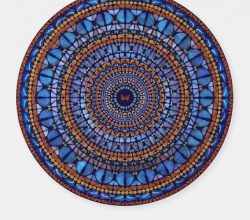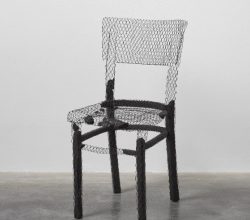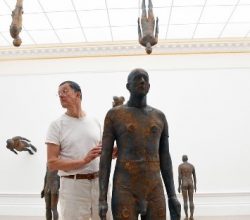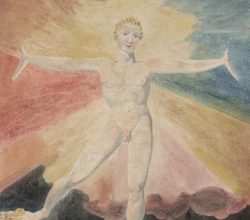
Damien Hirst Butterfly Genocide
Edward Lucie-Smith | Artlyst | 22nd September 2019
Hirst has the critics riled up – again. New works riff on the religious mandala, using not paints but butterfly wings. Thousands of them. One critic is delighted though more are not. Says one of the naysayers – “it’s not shocking, it’s not clever and it’s not good.” Staying calm, the above writer suggests a connection to Hirst’s earlier work: “the butterfly, while visually seductive, always carries the inference of death.”



